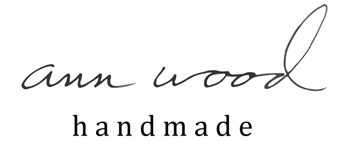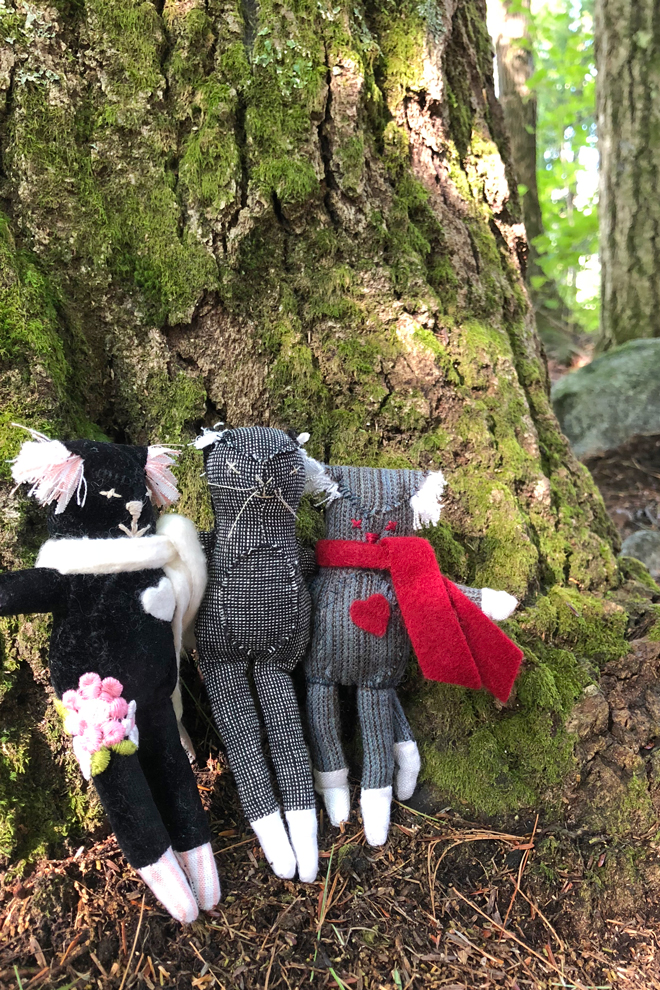let’s start with what’s new
The second annual international scrap festival is in the works and it’s expanding to an entire month. February will officially and forever be International Scrap Month. That’s one of the nice things about inventing a festival, you get to be the boss of everything and do stuff like that. If you have met me then you know I have freakishly strong hands and I like to be the boss of everything.
 *The magic fabric above is courtesy of my Brooklyn neighbor Sri threads. There is more about it at the bottom of the post
*The magic fabric above is courtesy of my Brooklyn neighbor Sri threads. There is more about it at the bottom of the post
Stay tuned for details, I’m gathering a bunch of cool projects for scraps and creating a couple new tutorials for you.
And I wonder what you think of a scrap swap? Is that something you’d be interested in participating in? Tell me in the comments please. If you’re into it I’ll try to hook you up.

I’ve just added part 2 – embroidering the details to the bat appliqué – find it here.
More about what’s coming up in a minute – let’s look back
2019 went by so fast. And negativity bias is real. When I looked back my first thought was – what happened? I only made one new pdf sewing pattern and one new booklet for the shop. It seemed like an extremely unproductive year but then I scrolled through the year of blog posts and saw I published a record breaking 13 free tutorials. That was not my plan but it is what I did. Here’s the list in the order they appeared:
needle book
easy rag doll shoes
dollhouse fireplace
tiny dishes
little pants
doll bed
doll quilt
straw doll hat
bat -updated!
paper boat
penny rug
paper swan box
wax paper crystal ornaments
I’m already working on more tutorials for this year. You’ll see the first couple during the February Scrap Festival.
a couple other 2019 highlights:
*365 little paintings – I stuck to it, didn’t miss a single day. I found a rhythm and I feel like a voice is emerging. And I’ve kept going with the daily practice, still making a little painting (or drawing) everyday. I put them in the shop about every 6 weeks and there will be a new batch on Tuesday 1/21.
*And I made a paper ship installation at the Squam Art Retreat and taught workshops in Los Angeles, New Hampshire, Vermont, France and Kentucky. Such a big year.
what’s coming in 2020
In addition to planning the second annual scrap festival January is for organizing and finishing. I get very spring cleany in January – do you? There are too many unfinished projects and too many piles of things waiting to be sorted. I’m tackling those things first.

And by the time you’re reading this, I will be deeply focused on getting new sewing patterns across the finish line: the large scandalously nude rag doll, captain charmley (currently headless above) and the crow. Probably not in that order. And news is coming soon on 2020 Workshops – I’ll be in France in June and July and at Squam (spring session) in New Hampshire but those are both waitlist situations. You can join me in Vermont in March though for a super cozy workshop with French General and there will be more workshop dates for the fall very soon, I’m working out logistics now.
predictions, wishes
Looking ahead – I think and hope in 2020 we will see a resurgence of blogging. Blogging like it used to be. So many disappeared into social media. I love seeing people’s creative lives and homes. If you have a favorite blog please share it in the comments – I’d love to see. I also think smaller networks will continue to emerge – online meeting places where conversations happen and algorithms don’t choose for us.
And for me: there are all sorts of things I’d like to make this year and things I’d like to try – like printing fabric and sewing more clothes. I’ve got lots of ideas percolating and I bet you do too. My biggest wish for 2020 is margin. Putting some space between things. I’m very happy in just about everything I do as long as I don’t have to rush. I’m making a rule for myself to never rush again. I will definitely fail at this but I’m trying anyway, keeping it at the front of my mind when I’m planning things. I think it’s a discipline and will take practice. And I also believe it’s a choice.
I hope your year is full of ideas and projects and lots of time to make things.
And as always, thanks for showing up here – it makes all things possible,
ann

PS – Fabric is almost always where I start, and often fabrics that finds me. The glorious fabric at the top of the post appeared on my doorstep, a magical gift from Sri Threads. So much to think about, color combinations I would never have thought of, mending by other hands, all sorts of serendipity and endless places to start. You can see more of it on my instagram story today and check out the Sri Threads instagram feed here – there is lots of inspiration there.
PPS – Don’t forget to tell me about the scrap swap – if it’s something you’d like to participate in please let me know in the comments and I’ll get to work on it.





















































 *The magic fabric above is courtesy of my Brooklyn neighbor Sri threads. There is more about it at the bottom of the post
*The magic fabric above is courtesy of my Brooklyn neighbor Sri threads. There is more about it at the bottom of the post




























































































